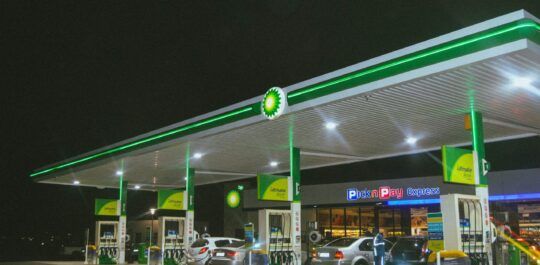Founded in 1978, toom Baumarkt GmbH is one of the leading building supplies store vendors targeting the German market. The business grew fast by acquiring other companies in the booming DIY industry. Furthermore, toom has also addressed new customer segments successfully by providing a smooth and consistent experience across channels – in store and online. During a digital transformation involving the SAP S/4HANA® Retail solution, toom faced a rising scope and variety of integration requirements that weren’t addressed using the existing integration approach. This resulted in long implementation times for new integration scenarios, which were also difficult to monitor and maintain.
Reimagining integration on the move toward SAP S/4HANA Retail
toom took its migration to SAP S/4HANA Retail as an opportunity to modernize its integration approach. Integration is seen as a key enabler of the company’s digital transformation strategy and an accelerator for the development of new innovations. As part of toom’s interconnected retail strategy, the company wanted to enable a microservices-based architecture across its hybrid IT landscape. This would offer IT product teams a simplified and secure approach for accessing business data across the enterprise.
Enabling Agile Integration
With the support of SAP partner NTT Data Business Solutions GmbH, toom applied SAP® Integration Solution Advisory Methodology to define an enterprise integration strategy that would support the digital transformation of the business. First, toom assessed whether its integration strategy allowed the company to identify requirements for supporting new integration domains, styles, and use case patterns. Second, toom designed a hybrid integration foundation that would support both current and future integration requirements. The company identified SAP Integration Suite as a core integration technology to support hybrid IT landscapes with a mix of SAP technology and third-party business applications running on premise or in private or public clouds.
SAP Integration Solution Advisory Methodology is also helping toom turn its defined enterprise integration strategy into reality. It provides vendor-agnostic integration best practices such as integration “dos and don’ts” and architecture blueprints that help integration developers identify the right integration technology and implementation approach for their needs.
In addition, toom introduced agile integration guidelines according to the concepts of SAP Integration Solution Advisory Methodology. These cover both technological and organizational aspects of enterprise integration.
Speeding Up Integration Strategy Definition and Execution
Starting with a list of existing integrations, toom and NTT DATA Business Solutions used SAP Integration Solution Advisory Methodology to build an integration architecture for the new hybrid landscape. The SAP partner’s broad project experience using this methodology helped toom achieve valuable results within weeks. Interactive workshops played a key role during the process, detailing example implementations and highlighting the pros and cons of different implementation approaches. As well as defining integration styles, domains, and patterns, NTT’s elaboration of architecture blueprints was very helpful.
After completing the workshops and building result documents, the SAP partner outlined the options for implementing the designed integration architecture, using the Integration Assessment capability, and implementing a proof-of-concept project. This is being used in the greenfield implementation of SAP S/4HANA Retail and other SAP solutions.
Getting a Clear View on Integration
Thanks to the project, toom now has clear guidelines for setting up integrations within its new SAP software architecture. As well as having concrete implementation guidelines to follow, employees can discuss and decide on business requests using an architecture board that shows recommendations based on SAP Integration Solution Advisory Methodology.
Previously, tightly coupled solutions could result in technical restrictions and difficulties making changes. However, the new guidelines and governance criteria are now helping toom build a modern “clean core” landscape with flexible and resilient integration.
Growing awareness of integration
Integration was always important for the core business processes of toom. However, now that the new IT architecture is in place, integration is even more crucial if the company is to meet strategic goals and build resilient processes. Connecting directly to partners and providing modern and mobile devices are key enablers for toom’s interconnected retail vision.
The new integration layer based on SAP Integration Suite and other services offered by SAP Business Technology Platform are key to supporting these goals. Sebastian Wieczorek, lead enterprise architect at toom confirms, “Without having applied SAP Integration Solution Advisory Methodology, we wouldn’t have a clear view on today’s initiatives and our future strategy.”
Discover how toom is following a governed approach toward an integrated Intelligent Enterprise – SAP Project Report.









